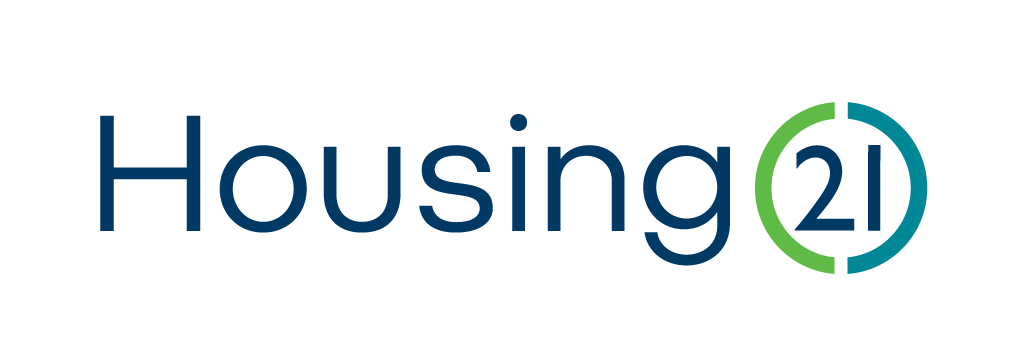Financial Statements Summary 2022/ 2023
Every year, Housing 21 publishes its Financial Statements which is a comprehensive report of its performance over the past financial year.
Its key performance figures are summarised over the following pages: a copy of the full report is available to download and read on our website.
Our business performance
During the year we have generated an operating surplus of £26.4m (2022: £30.9m) and turnover has grown to £251.5m (2022: £224.4m).
We have continued to develop new properties and this year has seen our largest acquisition to date. In total we have spent £157.6m (2022: £90.6m) on housing properties which includes the investment in our existing properties. This has been funded through receipt of social housing grants of £18.1m, proceeds from sales properties of £21.2m with the remaining drawn from our cash reserves.
Extra Care and Retirement Living
Our housing portfolio consisted of 14,784 Retirement Living properties across 493 schemes including 1,429 managed properties in Oldham and 8,101 Extra Care properties across 154 schemes. We delivered 48,000 hours of social care in Extra Care every week.
The six priorities for Retirement Living and Extra Care were:
- High quality housing and care
- Affordability
- The future needs of residents
- Wellbeing
- Growth
- Investing in people and systems
Our overall satisfaction rate across both Retirement Living and Extra Care was 91 percent and we had no “at fault” determinations from the Housing Ombudsman service over the last year.
Our housing portfolio
In 2022/ 2023 we delivered 289 new homes of which 204 were for Extra Care and 85 for Retirement Living. In addition, we acquired 427 Extra Care properties and 300 employees from Notting Hill Genesis, increasing our presence in London. Highlights from our property standards showed:
- 100 percent of homes met the Decent Homes Standard
- 76 per cent of homes had a fully digital call system
- 99 percent of homes had kitchens less than 20 years old
- 99 percent of homes had bathrooms less than 20 years old
- 99 percent of properties were at Energy Performance Certificate Level C
- 99 percent of schemes had had a makeover in the past seven years
Last year we identified four cases of damp, due to roof damage or defects, and four cases of mould due to lack of adequate ventilation. Although these situations were all immediately addressed, they are eight cases too many and show that we can never afford to become complacent.
Financial costs and support to residents
Rent increases for housing associations must follow the Social Housing Rent Standard which is set out by the Social Housing Regulator. This means we can increase our rents by one percent more than the September Consumer Price Index (CPI).
In September 2022, the CPI was 10.1 percent and as such, we announced in February 2023 we would be increasing our rents for the 2023/ 2024 financial year by 11.1 percent.
We continued to offer support to residents through the Helping Hands Fund, which provides one-off grants of up to £250 to help cover unexpected bills or other essential costs. In 2022/ 2023 we paid out £184,000 to over 1,100 residents to help with items such as white goods, food vouchers or furniture. We also helped residents to access over £5 million in extra payments and supports by checking they were receiving all the financial support and benefits to which they were entitled.
Employee figures
There were 2,909 employees expressed as full-time equivalents, comprising 1,270 people in management, scheme management and administration and a further 1,639 employees in care and ancillary.
We awarded all colleagues a payrise of 3.1 percent in April 2022. In October 2022, we awarded a further four percent payrise to our lower paid employees. This helped to ensure our Care Workers continue to be paid above the National Living Wage and has seen our Care Worker turnover rate drop lower than the rest of the care sector.
Highlights from our employment figures show:
- 89 percent employee satisfaction
- 18 percent voluntary turnover
- 14 percent proportion of new employees who are non-white
- £2.2 million total for direct sickness costs
- Introduction of a nine-day fortnight
- Introduction of our industry-first Extra Care Academy, providing Care Workers with academic and practical qualifications to progress into management
Remuneration and salaries
- The Executive Team received emoluments totalling £1m and £73,000 in pension contributions
- The highest paid Director was the Chief Executive, who received emoluments of £253,000 and £30,000 in pension contributions
- The Non-Executive Board Members received emoluments totalling £155,000
- There were 83 employees whose remuneration payable (including employer pension contributions) was more than £60,000
- The total employee costs (including the Board and Executive Team) was £85.5m, consisting of:
- £75.5m in wages and salaries
- £236,000 in redundancy and other costs
- £6.4m in social security costs
- £3.4m in pension costs
Proposed merger
Plans for a proposed merger with the Extra Care Charitable Trust were explored. However, both parties agreed the residents could best serve their residents by remaining as separate entities and as such, they agreed not to pursue the proposals any further.



